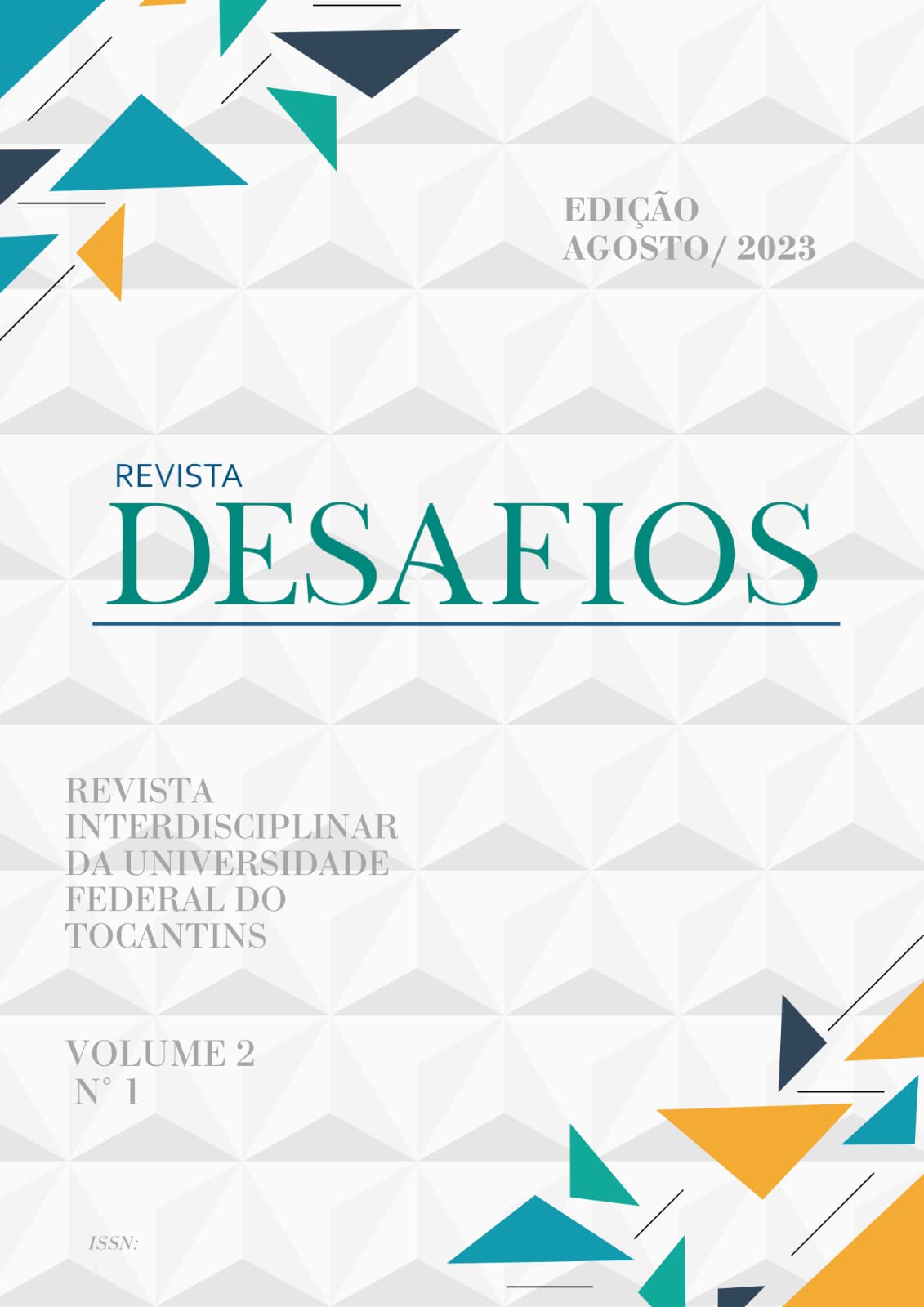POTENCIAL DO RESÍDUO DE EXTRAÇÃO DE ÓLEO DO EUCALIPTO NA ADSORÇÃO DE COBRE(II)
DOI:
https://doi.org/10.20873/v2n1_2023_6Resumo
Este trabalho teve como objetivo avaliar o potencial dos resíduos provenientes da extração do óleo do eucalipto na adsorção de cobre (Cu). Análises de FTIR e TGA demonstraram que a biomassa é um material tipicamente lignocelulósico. A capacidade de adsorção de Cu(II) aumenta com o aumento do pH, demonstrando que a atração eletrostática é um importante processo no controle da adsorção. A adsorção alcançou equilíbrio em 60 min de tempo de contato com taxa de 0,338 g.mg−1 min−1 a 25ºC de acordo com o modelo de pseudossegunda ordem. A adsorção em equilíbrio se ajustou melhor ao modelo de Langmuir com capacidade máxima de adsorção de 45,05 mg.g-1 a 25ºC. O modelo de Dubinin-Radushkevich demonstrou que processo de adsorção é de natureza física por ter baixa energia livre de adsorção (E) de 0,3469 kJ.mol-1. O resíduo agroindustrial aqui avaliado apresentou elevado potencial para ser utilizado como adsorvente de Cu(II) e, provavelmete, de demais metais bivalentes presentes em águas contaminadas e água residuais, devido sua elevada capacidade de adsorção e processo de tratamento simplificado.
Downloads
Publicado
Como Citar
Edição
Seção
Licença
Copyright (c) 2023 Hedielsa Niágara Marreiros da Silva, Sara Nepomuceno Patriota, Welington Francisco, Daniel Santos Mulholland

Este trabalho está licenciado sob uma licença Creative Commons Attribution-NonCommercial 4.0 International License.
Autores que publicam nesta revista concordam com os seguintes termos:
1. Autores mantém os direitos autorais e concedem à revista o direito de primeira publicação, com o trabalho simultaneamente licenciado sob a Creative Commons Attribution License (CC BY-NC 4.0), permitindo o compartilhamento do trabalho com reconhecimento da autoria do trabalho e publicação inicial nesta revista.
2. Autores têm autorização para assumir contratos adicionais separadamente, para distribuição não-exclusiva da versão do trabalho publicada nesta revista (ex.: publicar em repositório institucional ou como capítulo de livro), com reconhecimento de autoria e publicação inicial nesta revista.
3. Autores têm permissão e são estimulados a publicar e distribuir seu trabalho online (ex.: em repositórios institucionais ou na sua página pessoal) a qualquer ponto posterior ao processo editorial.
4. Além disso, o AUTOR é informado e consente com a revista que, portanto, seu artigo pode ser incorporado pela DESAFIOS em bases e sistemas de informação científica existentes (indexadores e bancos de dados atuais) ou a existir no futuro (indexadores e bancos de dados futuros), nas condições definidas por este último em todos os momentos, que envolverá, pelo menos, a possibilidade de que os titulares desses bancos de dados possam executar as seguintes ações sobre o artigo:
a. Reproduzir, transmitir e distribuir o artigo, no todo ou em parte sob qualquer forma ou meio de transmissão eletrônica existente ou desenvolvida no futuro, incluindo a transmissão eletrônica para fins de pesquisa, visualização e impressão;
b. Reproduzir e distribuir, no todo ou em parte, o artigo na impressão.
c. Capacidade de traduzir certas partes do artigo.
d. Extrair figuras, tabelas, ilustrações e outros objetos gráficos e capturar metadados, legendas e artigo relacionado para fins de pesquisa, visualização e impressão.
e. Transmissão, distribuição e reprodução por agentes ou autorizada pelos proprietários de distribuidoras de bases de dados.
f. A preparação de citações bibliográficas, sumários e índices e referências de captura relacionados de partes selecionadas do artigo.
g. Digitalizar e / ou armazenar imagens e texto de artigo eletrônico.


